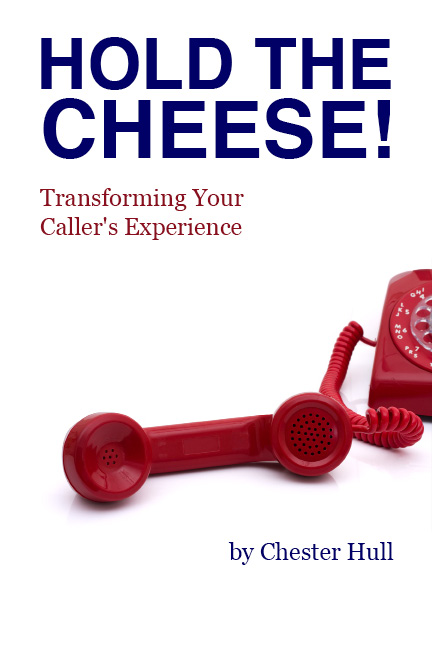 One of the first things to look at in an Auto-Attendant design is eliminating branches. The more branches there have to be, the more likely you will be frustrating your caller.
One of the first things to look at in an Auto-Attendant design is eliminating branches. The more branches there have to be, the more likely you will be frustrating your caller.
We recently completed an Auto-Attendant redesign for a car dealership, and used this very technique.
Callers were given the choice of what car franchise they were calling, then whether they wanted Sales or Service, and when they selected Sales, were then given the choice of new or used car sales.
Only problem was, both of those final selections rang the exact…same…phones! So having the caller select whether they wanted New or Used was a complete waste of the customer’s time and mental energy! We re-programmed the system to simply ring the Sales group whenever someone selected Sales from the menu.
This uncovery trimmed the Aut0-Attendant flow from 3 branches to just 2. A much more simple and quick experience for the callers!
Melanie Polkosky talks about unneccessary “turns” (or branching) in her article The Hooptedoodle of Phone. Here’s Rule #5:
5. Keep your turns under control: The number of turns is usually inversely proportional to usability. If an interaction requires more than about four turns to get someone where they’re going, then it becomes increasingly likely the user will seek a shorter or alternate path.
We notice two payoffs in following this advice:
1. Your customers will be less frustrated by the time they reach a live person.
2. They will be less likely to “zero out”…simply give up and find an operator…which means your operators will some releif in their workload.
And aren’t those two outcomes really the goal of an Auto-Attendant in the first place?

 Facebook
Facebook LinkedIn
LinkedIn Twitter
Twitter



